当前位置:网站首页>Rainbow sorting | Dutch flag problem
Rainbow sorting | Dutch flag problem
2020-11-09 12:28:00 【Yard farmland】
WeChat search 「 Yard farmland, Xiao Qi 」, Focus on this program in New York , reply 「01-05」 You can get a selection of computer books 、 Personal writing notes 、 Big factory surface 、 Interview materials and other resources , mua ~

The Dutch flag problem is also called tricolor order , Or rainbow sort ,

Because the Dutch flag has three colors , The problem with this question is to give you three colors , Arrange in the given order .
Yes, of course , There are various ways to ask questions , Some give numbers , Some give letters , But the essence is the same .
For example, give you an array of three numbers :312312312231111122113,
The requirements are as follows 1 2 3 Put it in order , namely : 111111111222222222223333333333
( Please don't really count , You lose when you get serious )

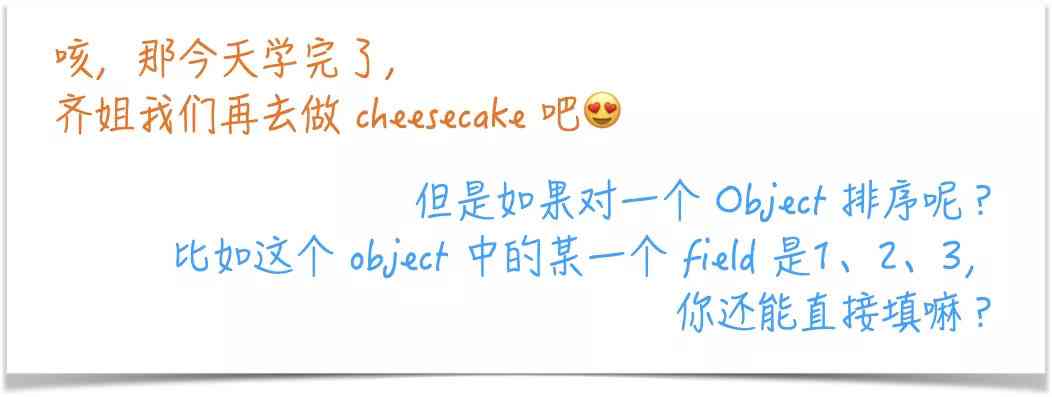
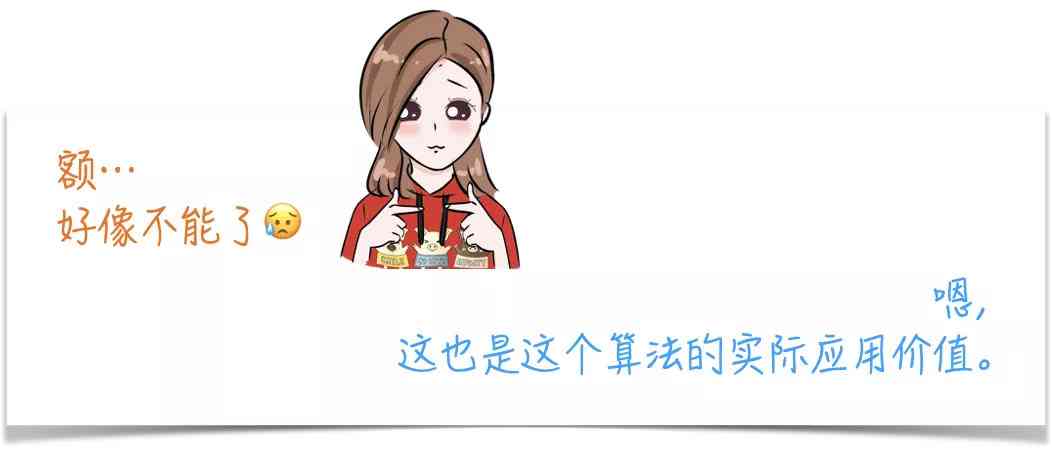
Or use our classic 「 Baffle method 」.
In the express line , We used two baffles to divide the array into three areas :
<= pivot; Unordered range ;> pivot
So here's three baffles , Divided into four areas :
1, 2, 3, Unordered range
Partition
say concretely , use i, j, k These three hands are divided :
[0, i): save 1
[i, j): save 2
(k, array.length-1]: save 3
here j Put it to the left and right of unsorted intervals , But basically we put it on the left , So we don't have to “ new in order to be different ”.
initialization :
i = 0;
j = 0;
k = array.length - 1;
In this way, we can guarantee 1,2,3 Each interval of is empty .
We go through Watch the pointer j Pointing elements To keep narrowing the unsorted range , Until it's empty .
Example :1232312
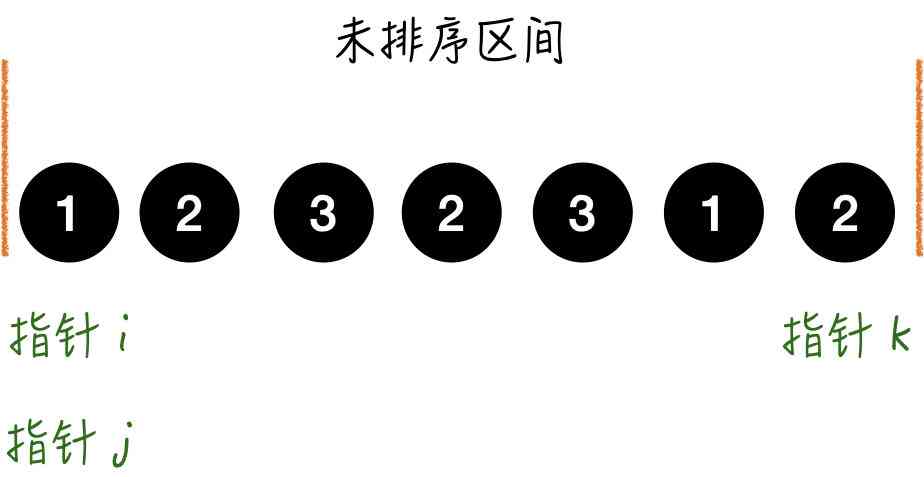
To look good , The ordered elements we use RGB Three primary colors to mark .
Step1.
The pointer j Point to 1, and 1 Should be placed in [0, i) Within the interval , The pointer should be put here i And a pointer j Exchange the elements , And the two hands go forward .
Although at this point it doesn't make any difference whether it's a swap or not , But if i and j There are elements in between , There's a difference , such as Step7.
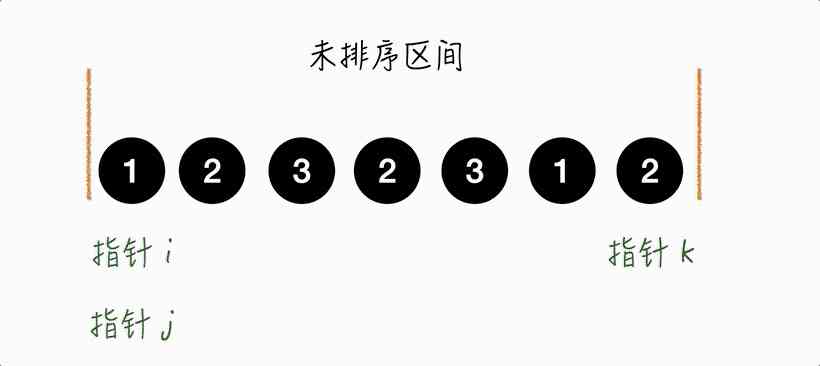
Step2.
The pointer j Point to 2, and 2 Should be placed in [i, j) Within the interval , therefore j++.
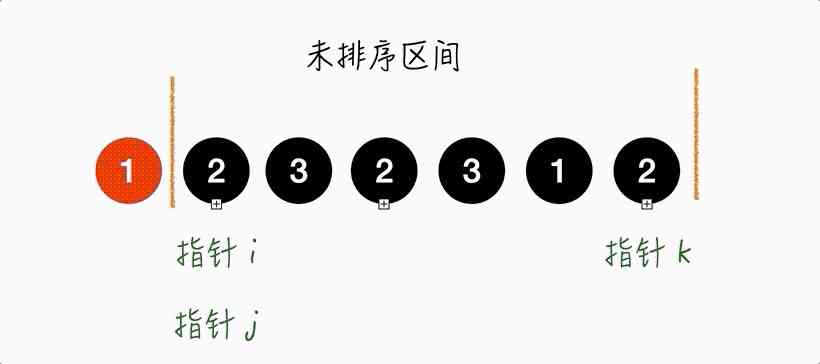
Step3.
The pointer j Point to 3, and 3 Should be placed in
(k, array.length-1] Within the interval , So here
j and k Point to the element exchange , also k--.
Notice that you can't j-- 了 , Because I haven't seen the new elements yet , I don't know what it is .
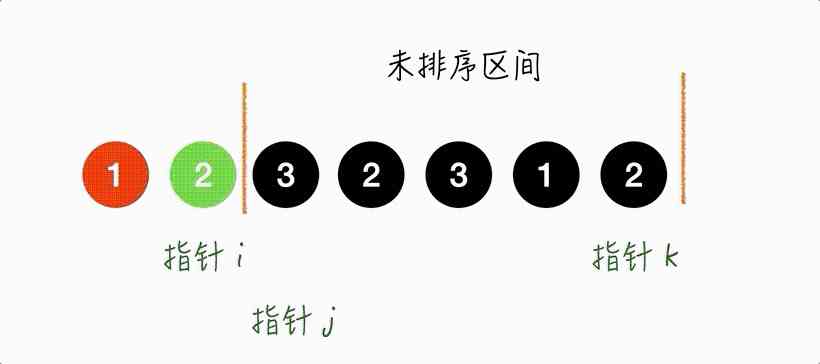
Step4.
The pointer j Point to 2, Same as Step2, Move the pointer directly j that will do .
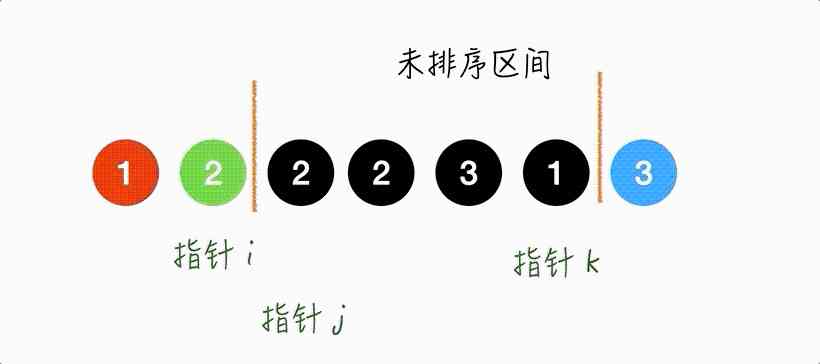
Step5.
Keep moving the pointer j.
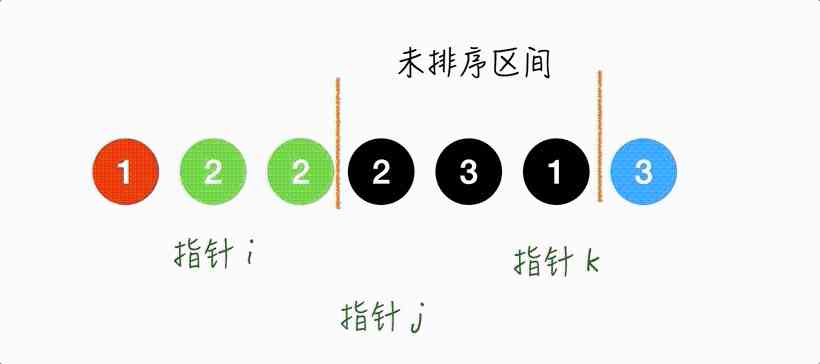
Step6.
Same as Step3.

Step7.
This step is obvious ,
because 1 Should be placed in [0,i) Section , So here's the pointer i,j Exchange the elements you point to , also i++, j++.
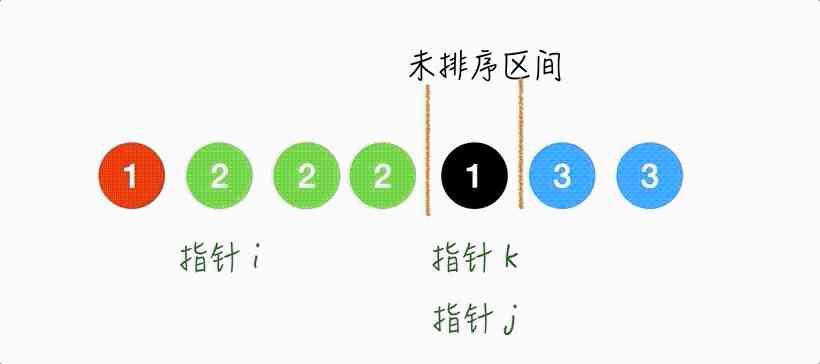
So the unsorted interval is empty , We're in line ~


Time complexity
This algorithm bottle neck That's it while loop In the , Every cycle is O(1), The total is O(n).
Spatial complexity
O(1)

If you like this article , Remember to leave me a like message ~ Your support and recognition , It's the biggest driving force of my creation , See you in the next article !
This is Qi , New York program , Lifelong learners , Every night 9 spot , Let's meet you in the cloud study room !
See my... For more dry articles Github: https://github.com/xiaoqi6666/NYCSDE
版权声明
本文为[Yard farmland]所创,转载请带上原文链接,感谢
边栏推荐
- 解决IDEA快捷键 Alt+Insert 失效的问题
- 医疗项目管理的三种实用技巧
- Online course of tutorial system processing is in progress
- 苏宁基于知识图谱的大规模告警收敛和根因定位实践
- Wechat circle
- Android 集成支付的四部曲
- List of wechat video Number broadcasters October 2020
- 深圳C1考证历程
- Implement crud operation
- Android studio import customized framework classess.jar As 4.0.1 version is valid for pro test
猜你喜欢
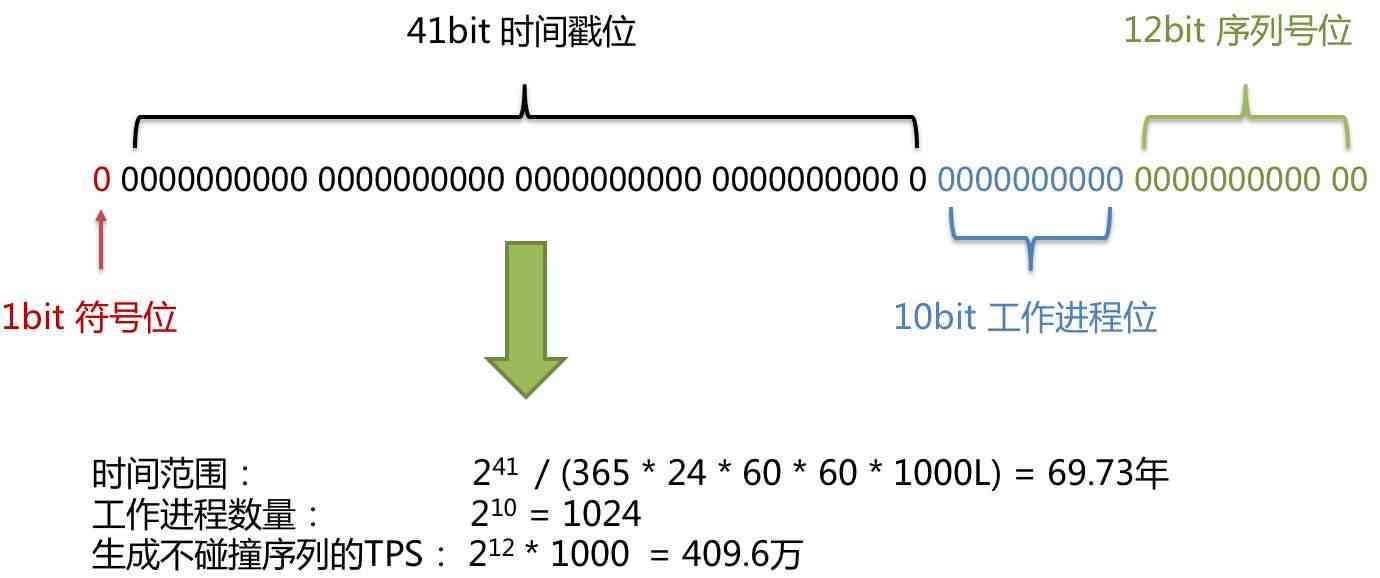
分库分表的 9种分布式主键ID 生成方案,挺全乎的

如何用函数框架快速开发大型 Web 应用 | 实战

Nine kinds of distributed primary key ID generation schemes of sub database and sub table are quite comprehensive

Stack & queue (go) of data structure and algorithm series

What really drags you down is sunk costs
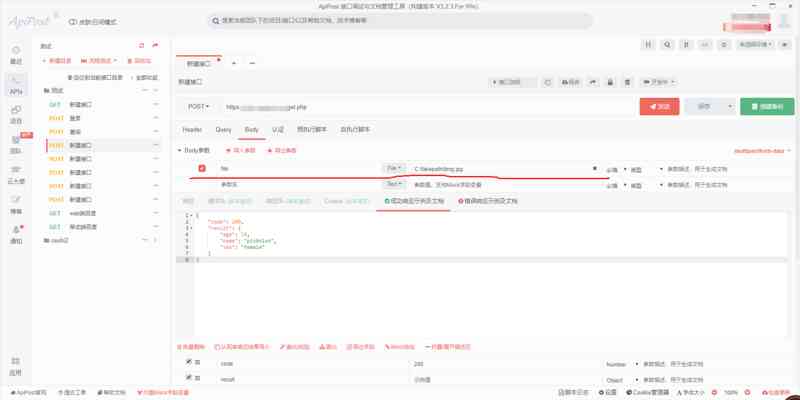
Interface tests how to pass files in post requests

Configure switch trunk interface traffic local priority forwarding (cluster / stack)

Android NDK 开发实战 - 微信公众号二维码检测

解决IDEA快捷键 Alt+Insert 失效的问题

inet_ Pton () and INET_ Detailed explanation of ntop() function
随机推荐
Front end code style practice prettier + eslint + git hook + lint staged
安全(杂记)
Android Studio Avd「真·小白食用方法」
After SQL group query, get the first n records of each group
Handwritten digital image recognition convolution neural network
Visit Jingdong | members of Youth Innovation Alliance of China Academy of space technology visit Jingdong headquarters
Navigation component of Android architecture (2)
FGC online service troubleshooting, this is enough!
Wealth and freedom? Ant financial services suspended listing, valuation or decline after regulation
Show profile analysis of SQL statement performance overhead
The third way to realize webrtc in embedded devices
彩虹排序 | 荷兰旗问题
An attempt to read or write to protected memory occurred using the CopyMemory API. This usually indicates that other memory is corrupted.
vscode 插件配置指北
Method of creating flat panel simulator by Android studio
Program life: from Internet addicts to Microsoft, bat and byte offer harvesters
手写Koa.js源码
用一种简单的方式实现终端文字粘贴板
Reread reconstruction
在嵌入式设备中实现webrtc的第三种方式③